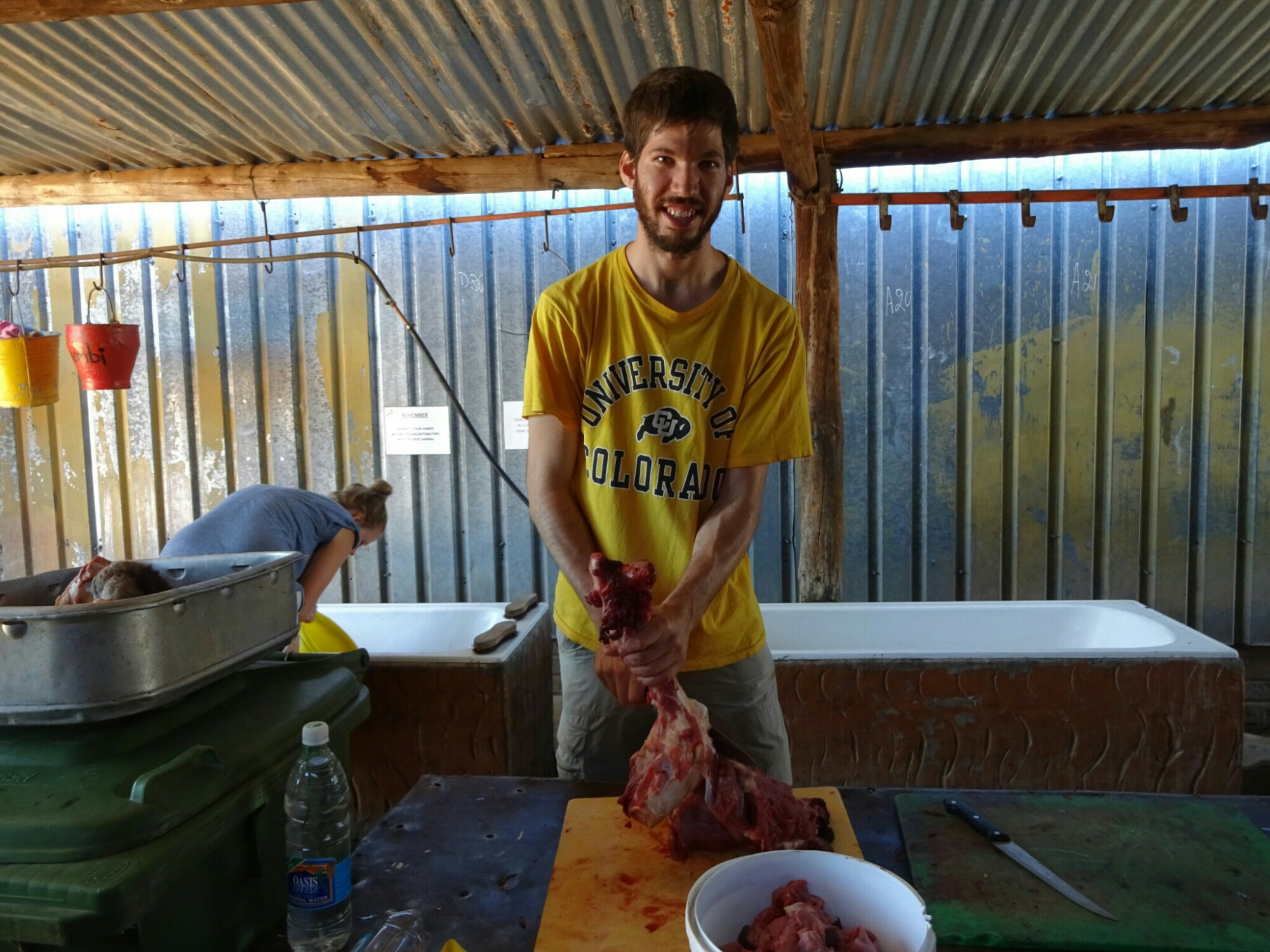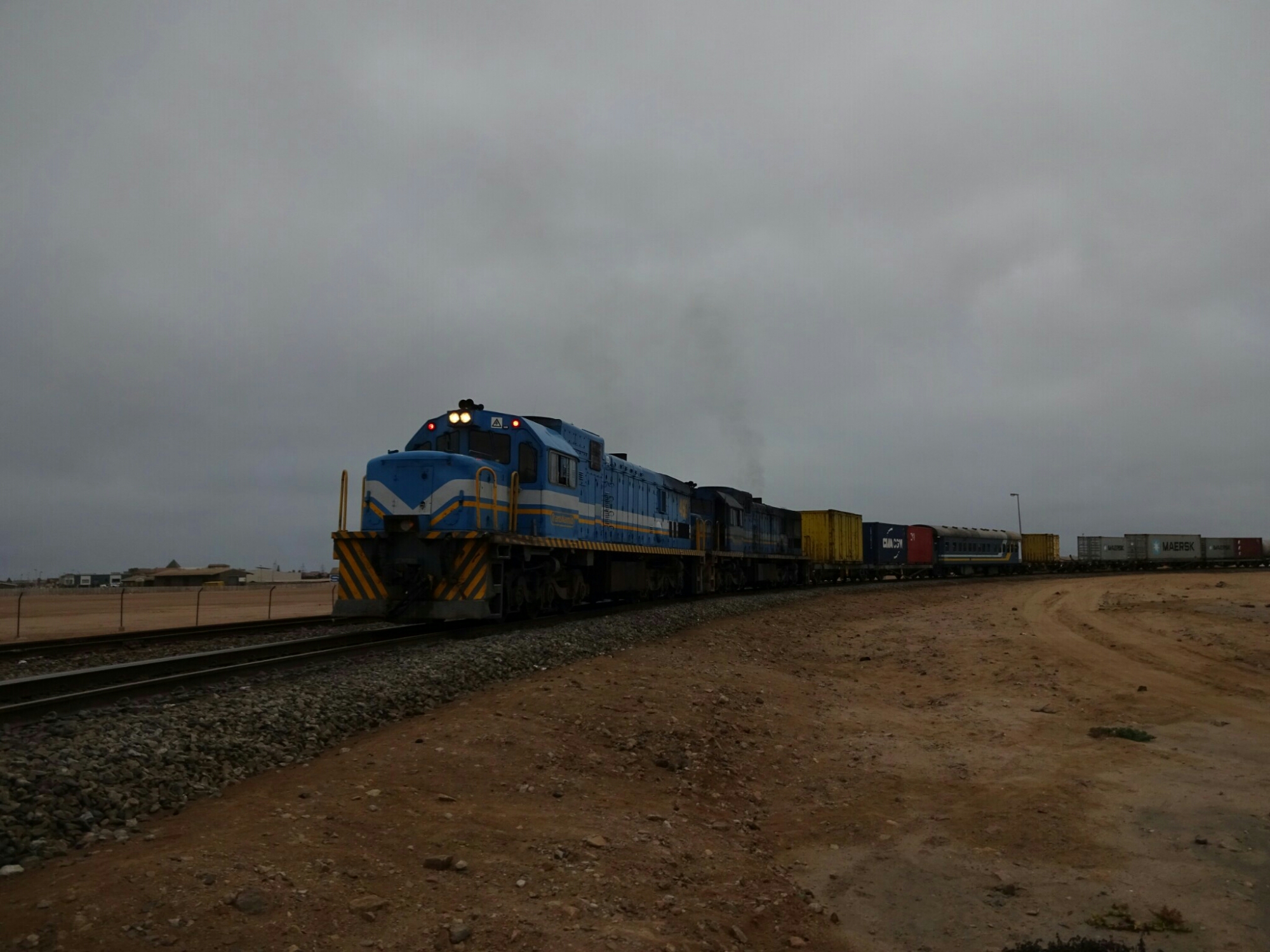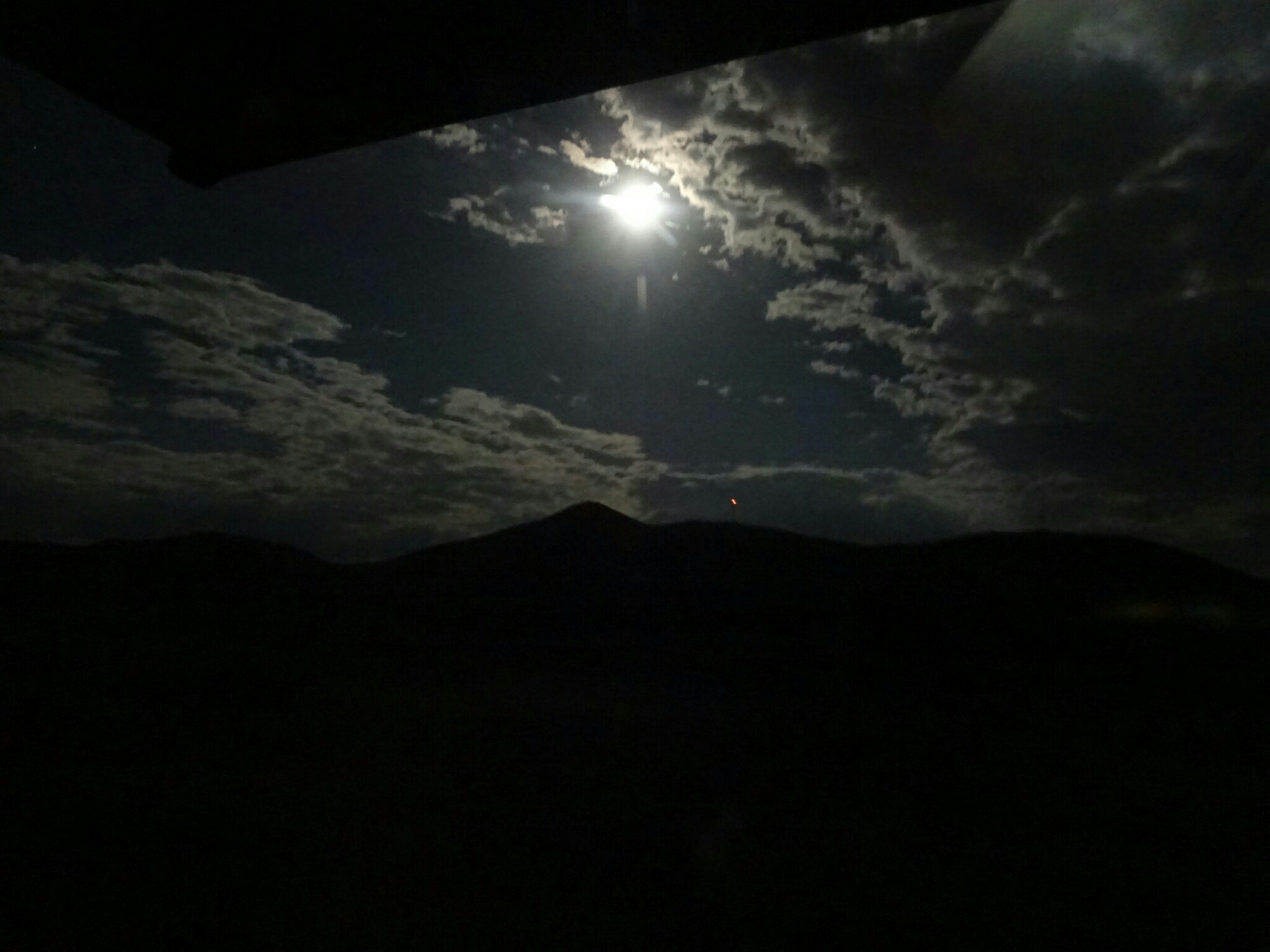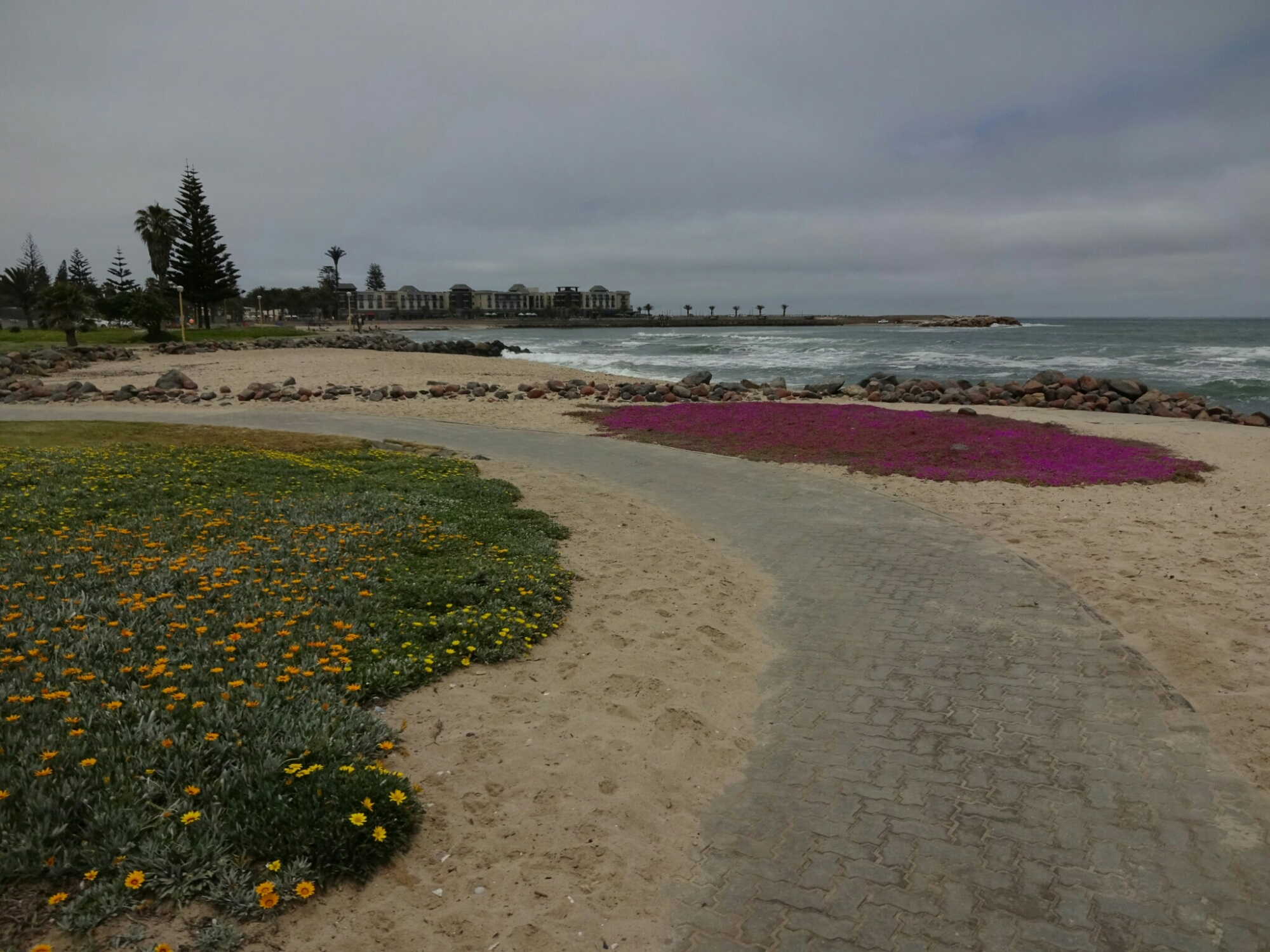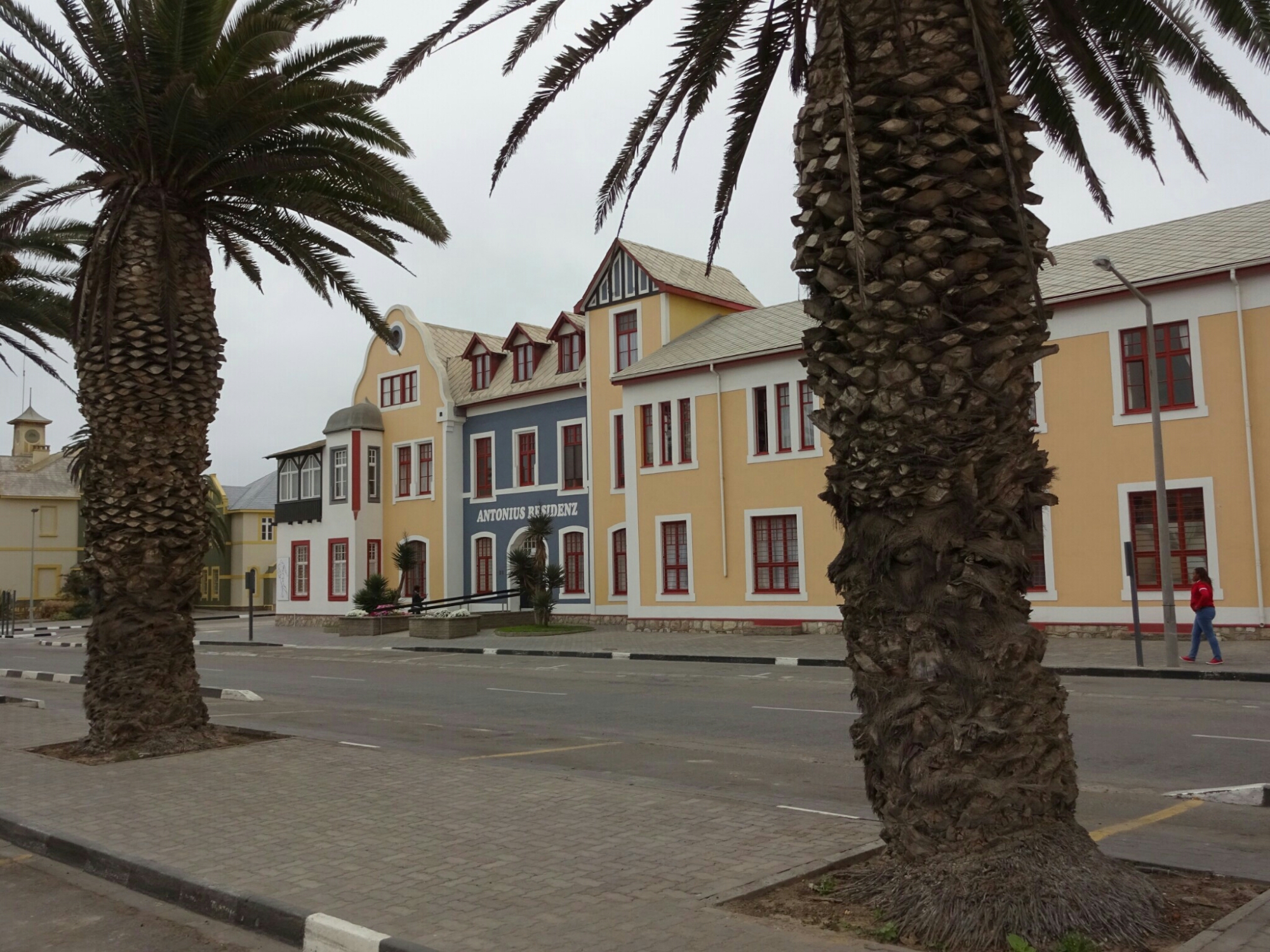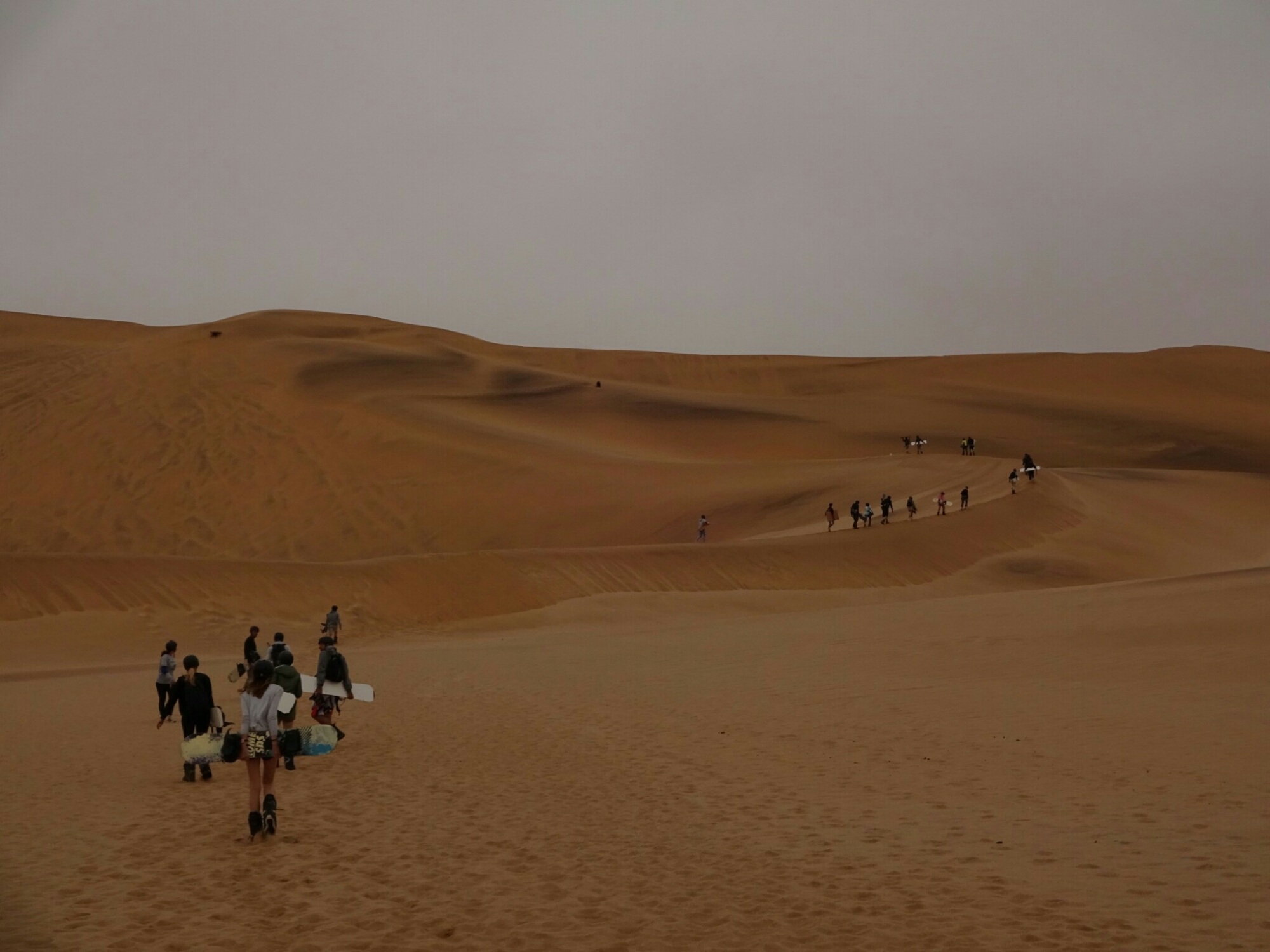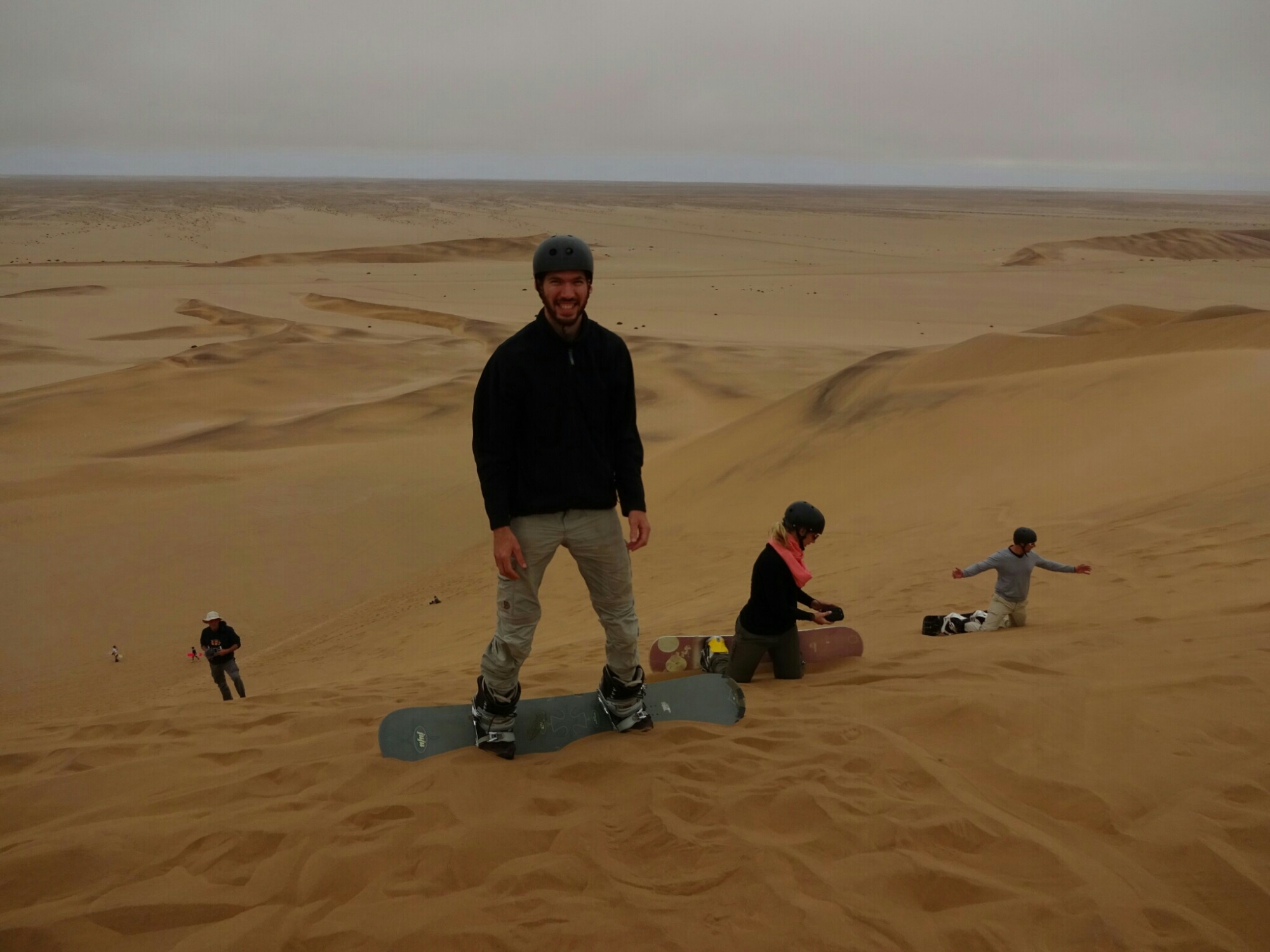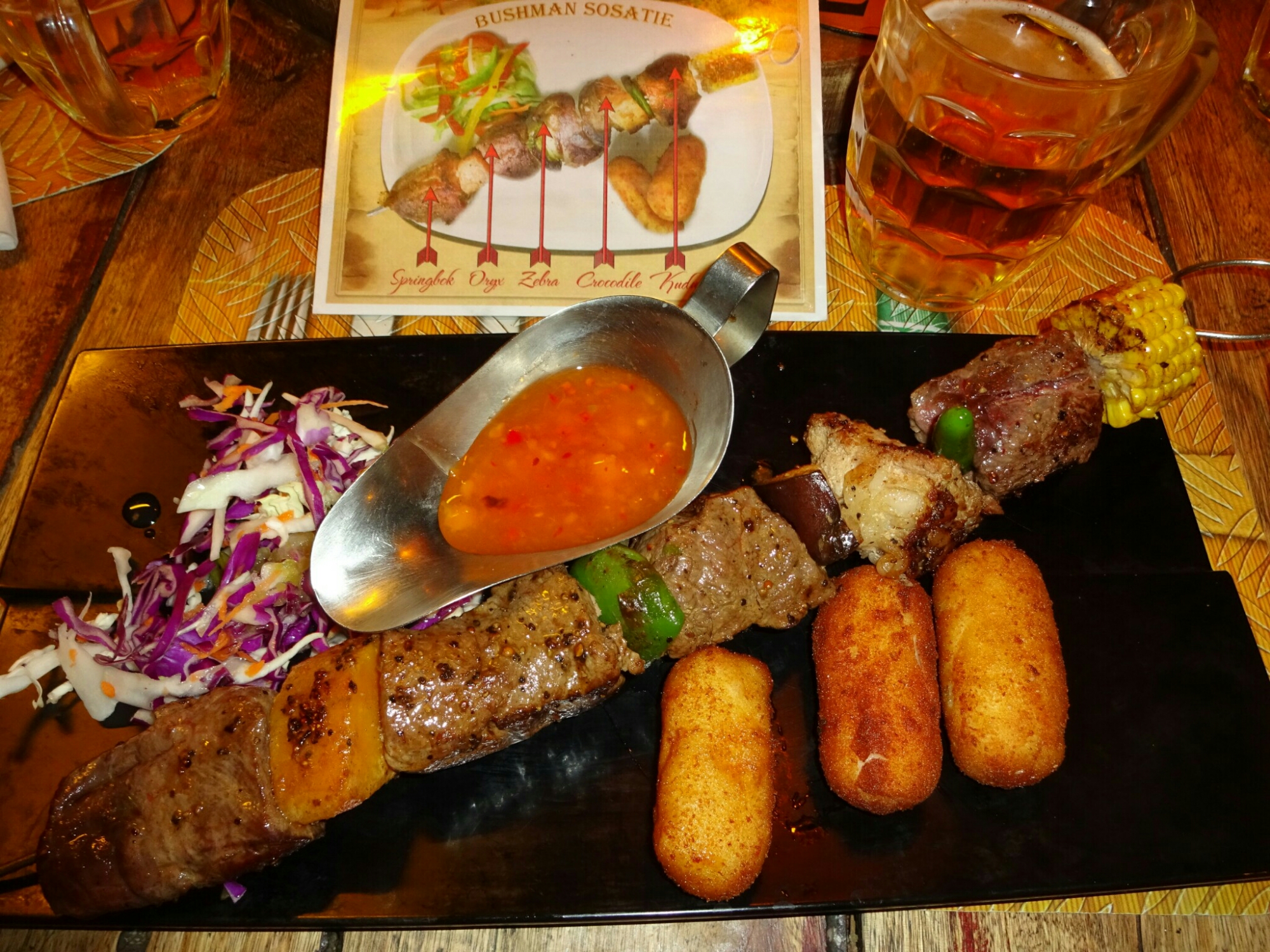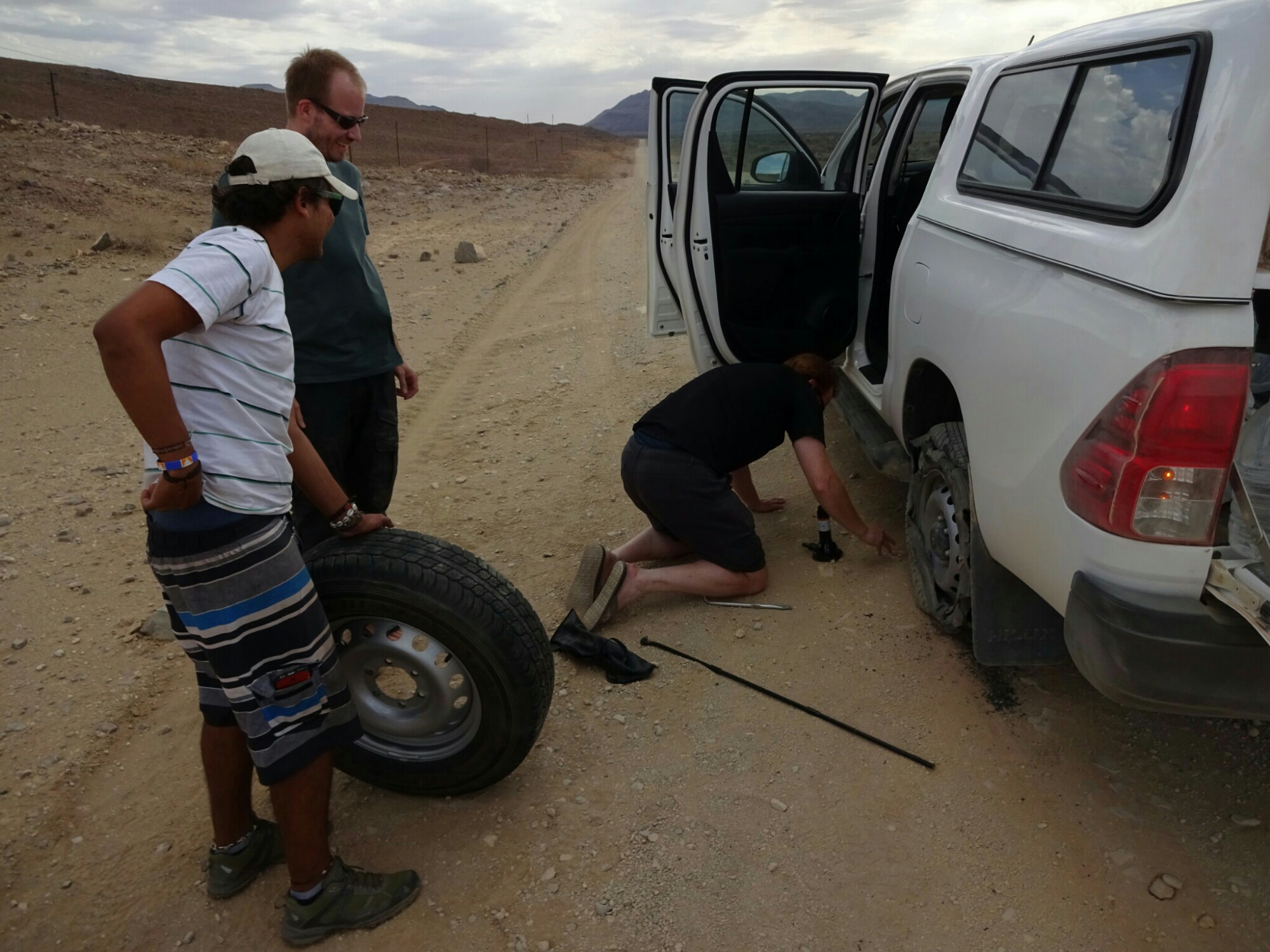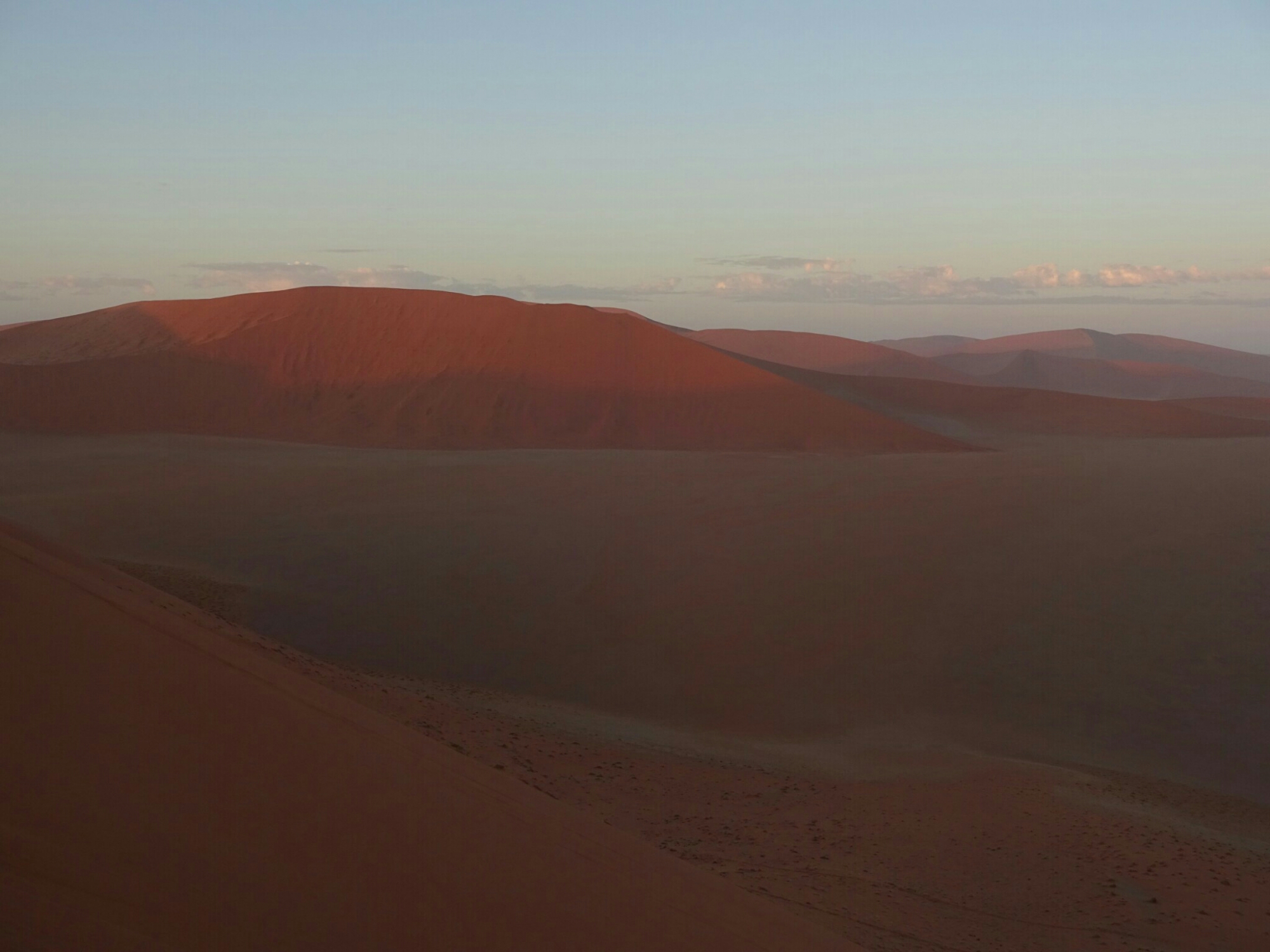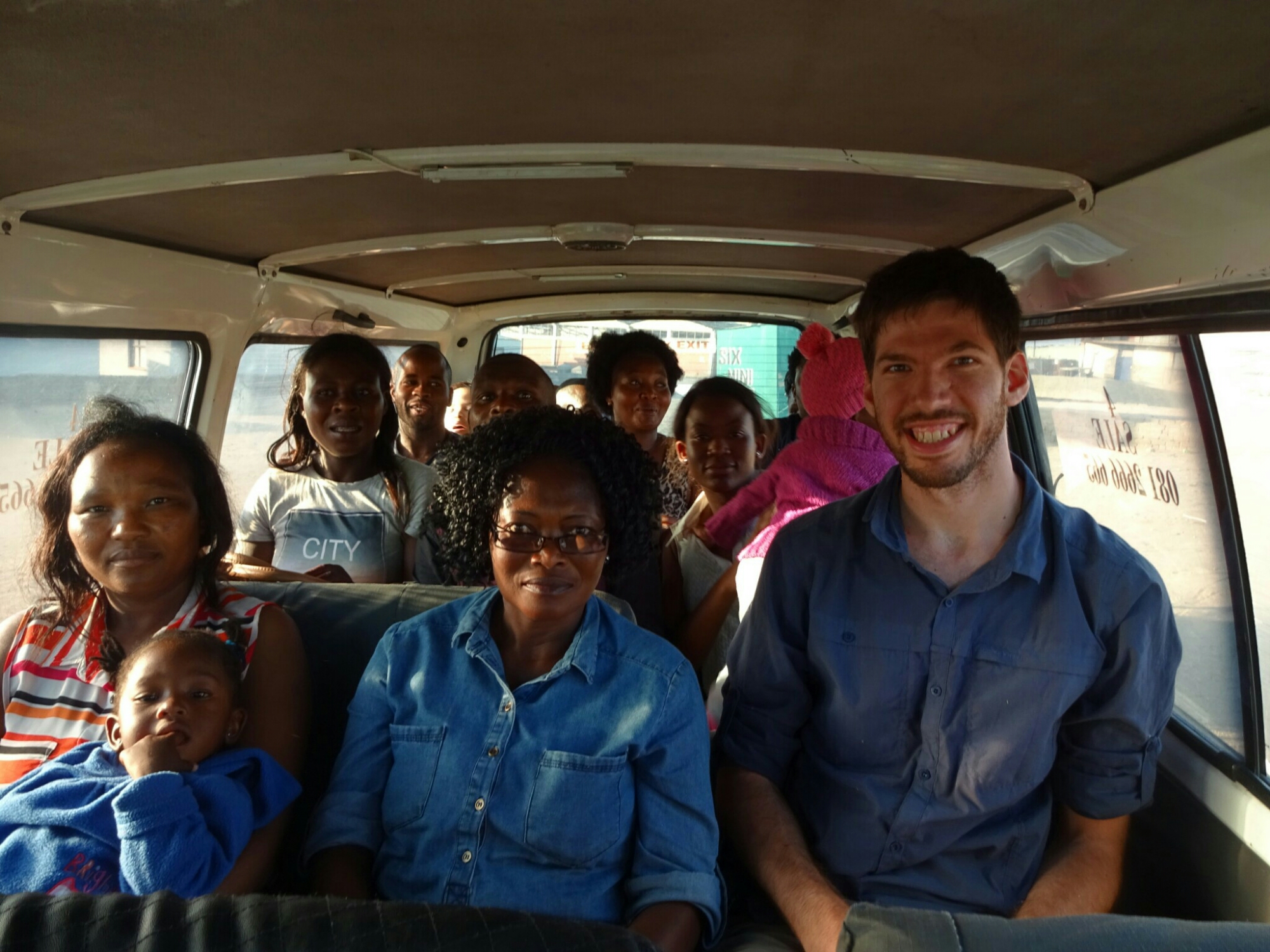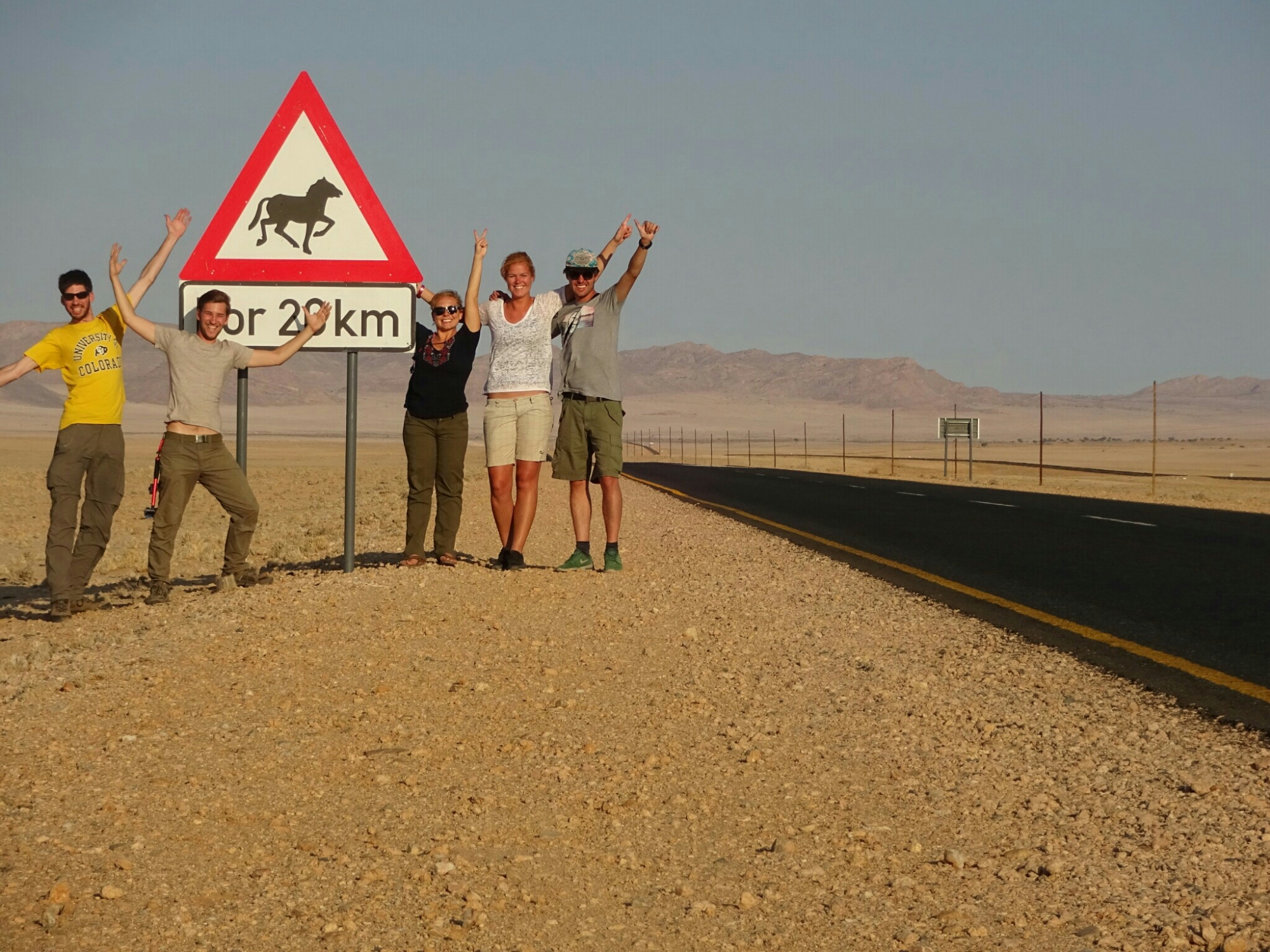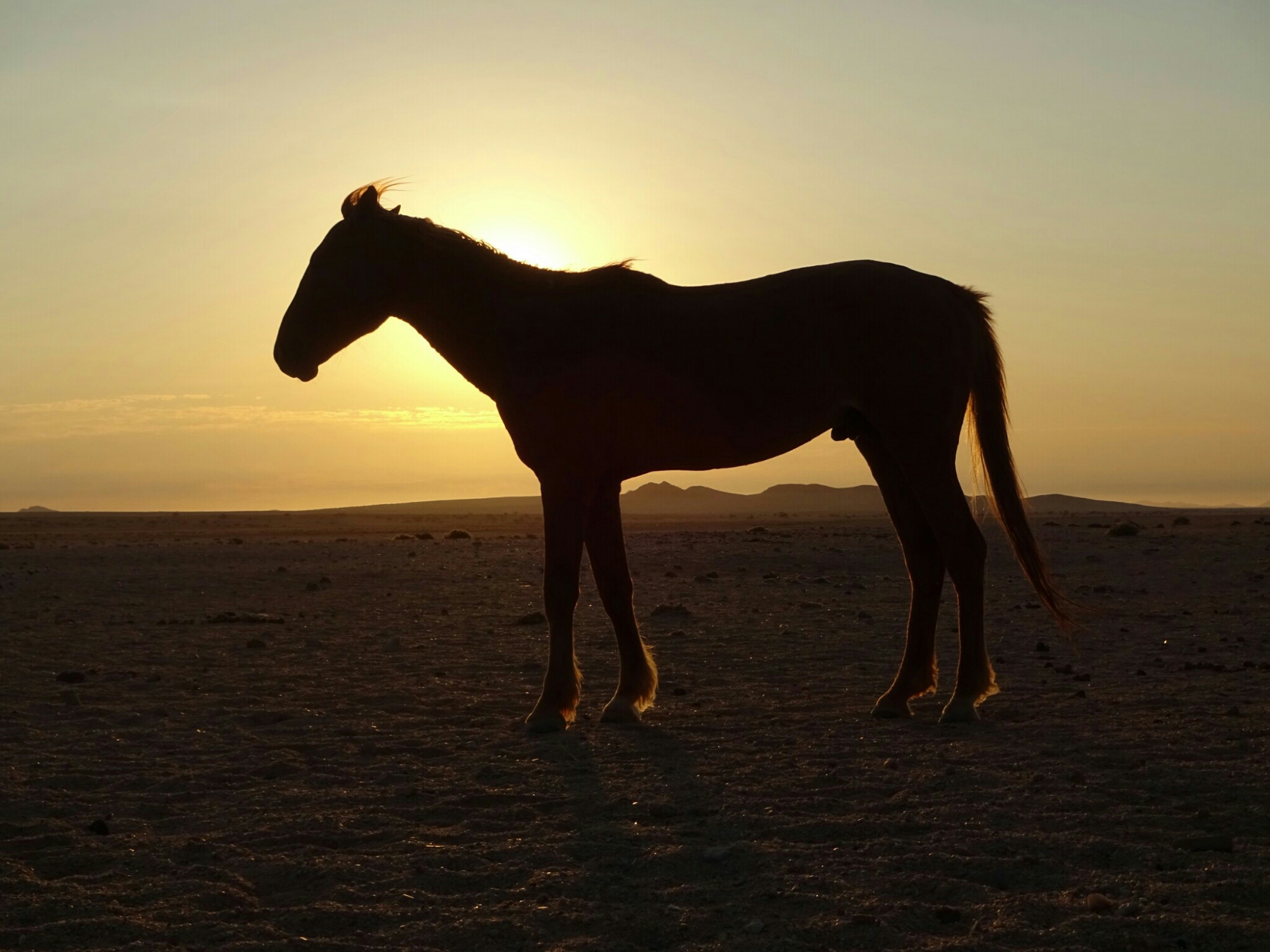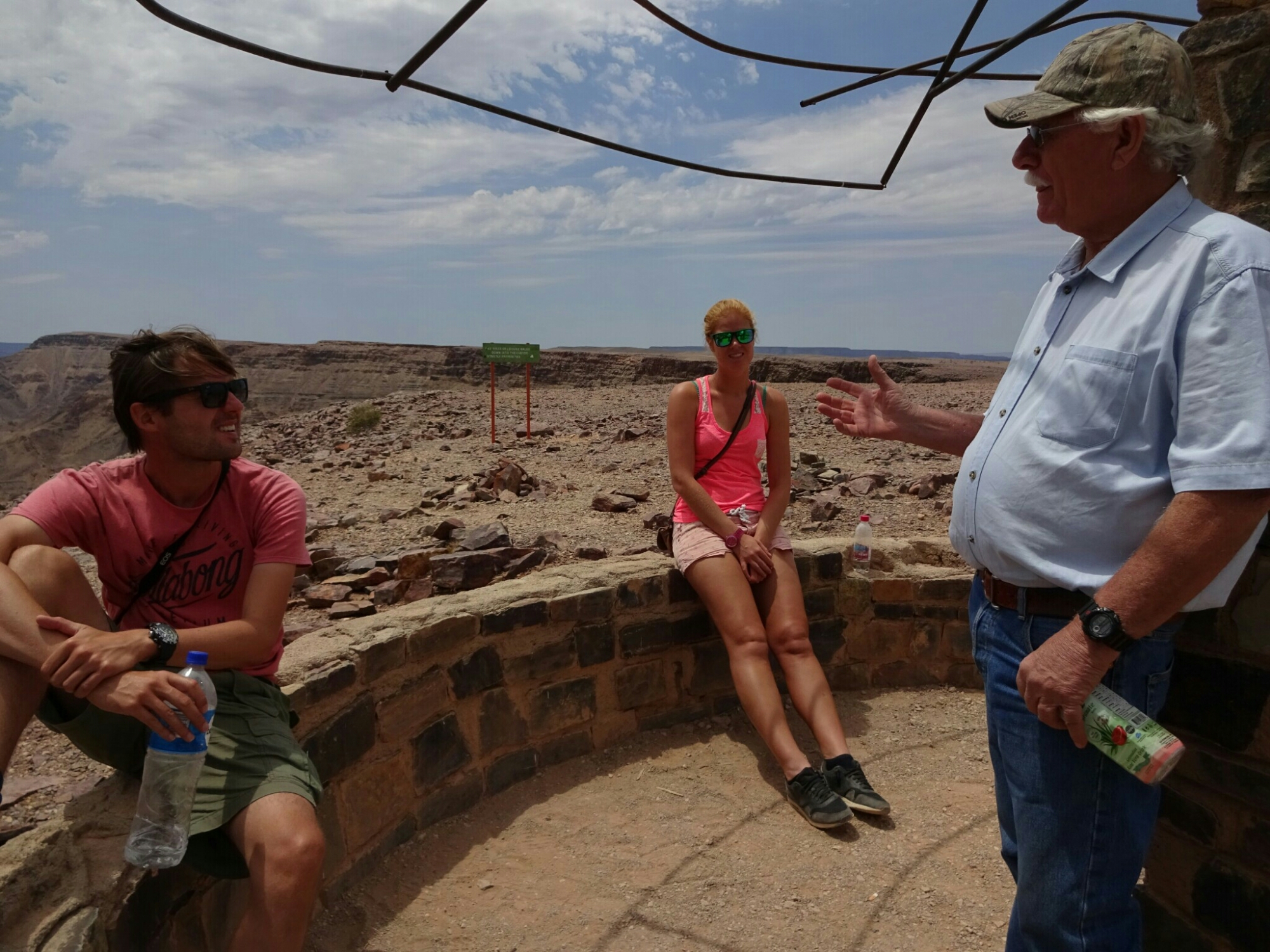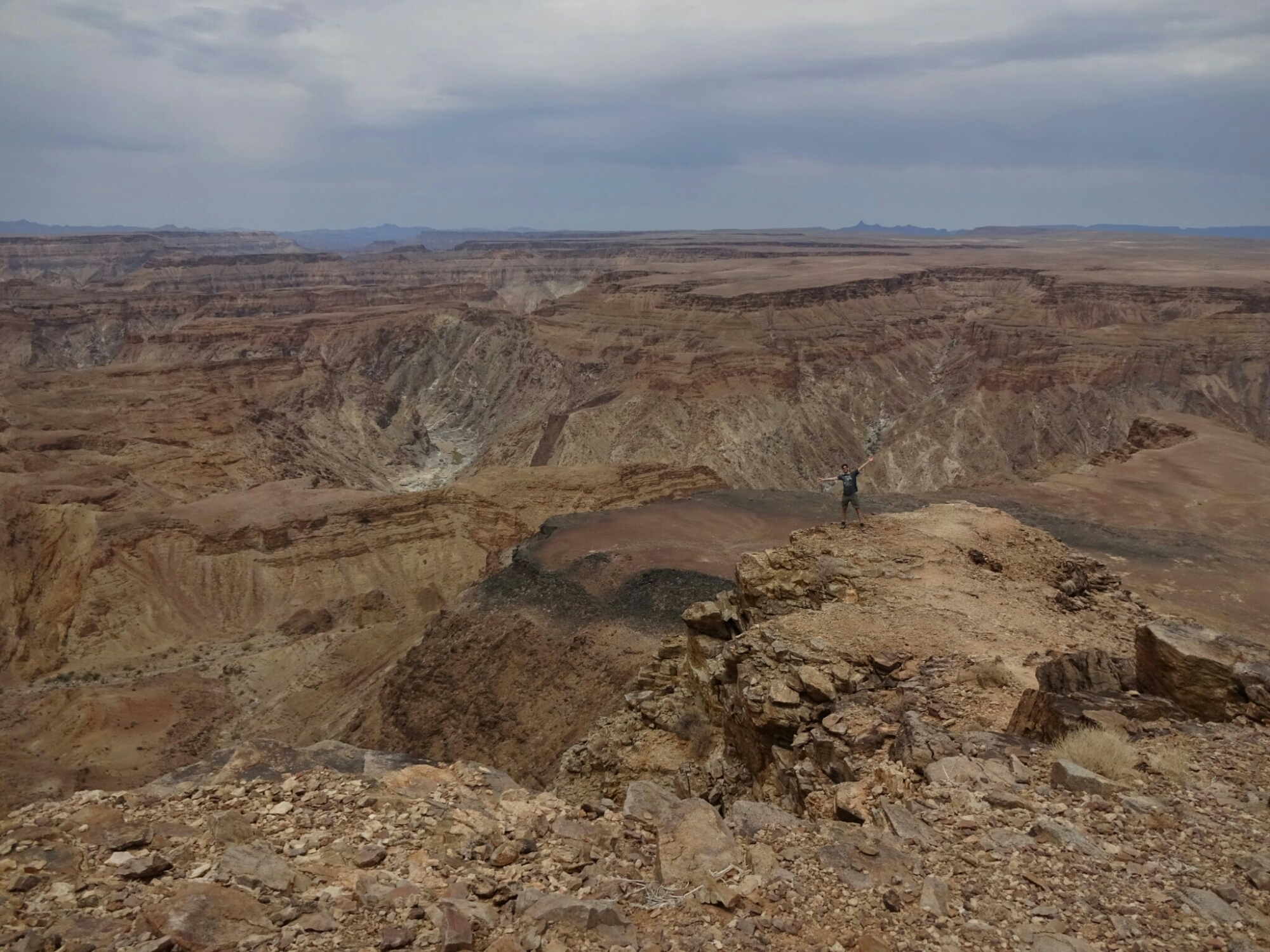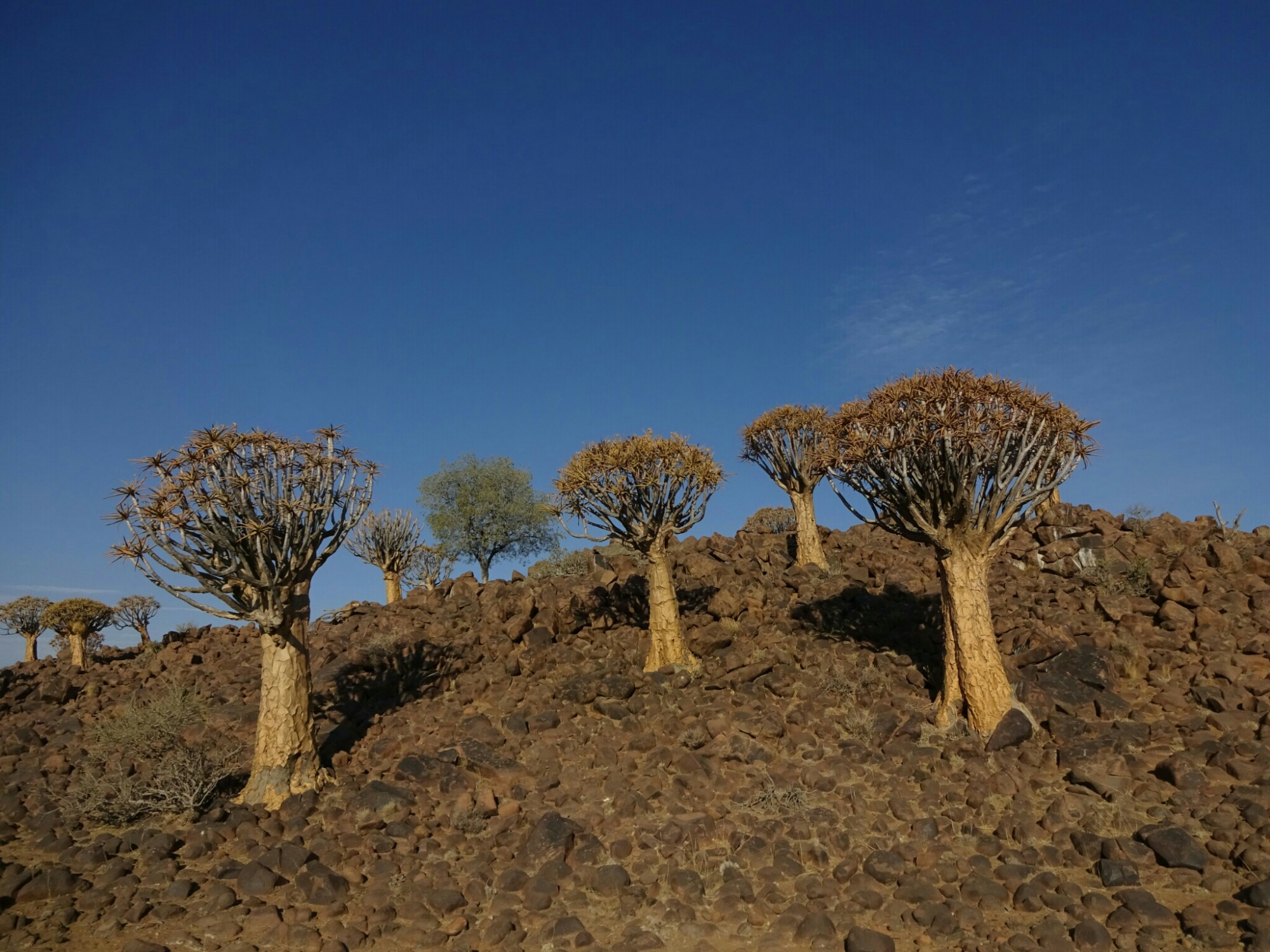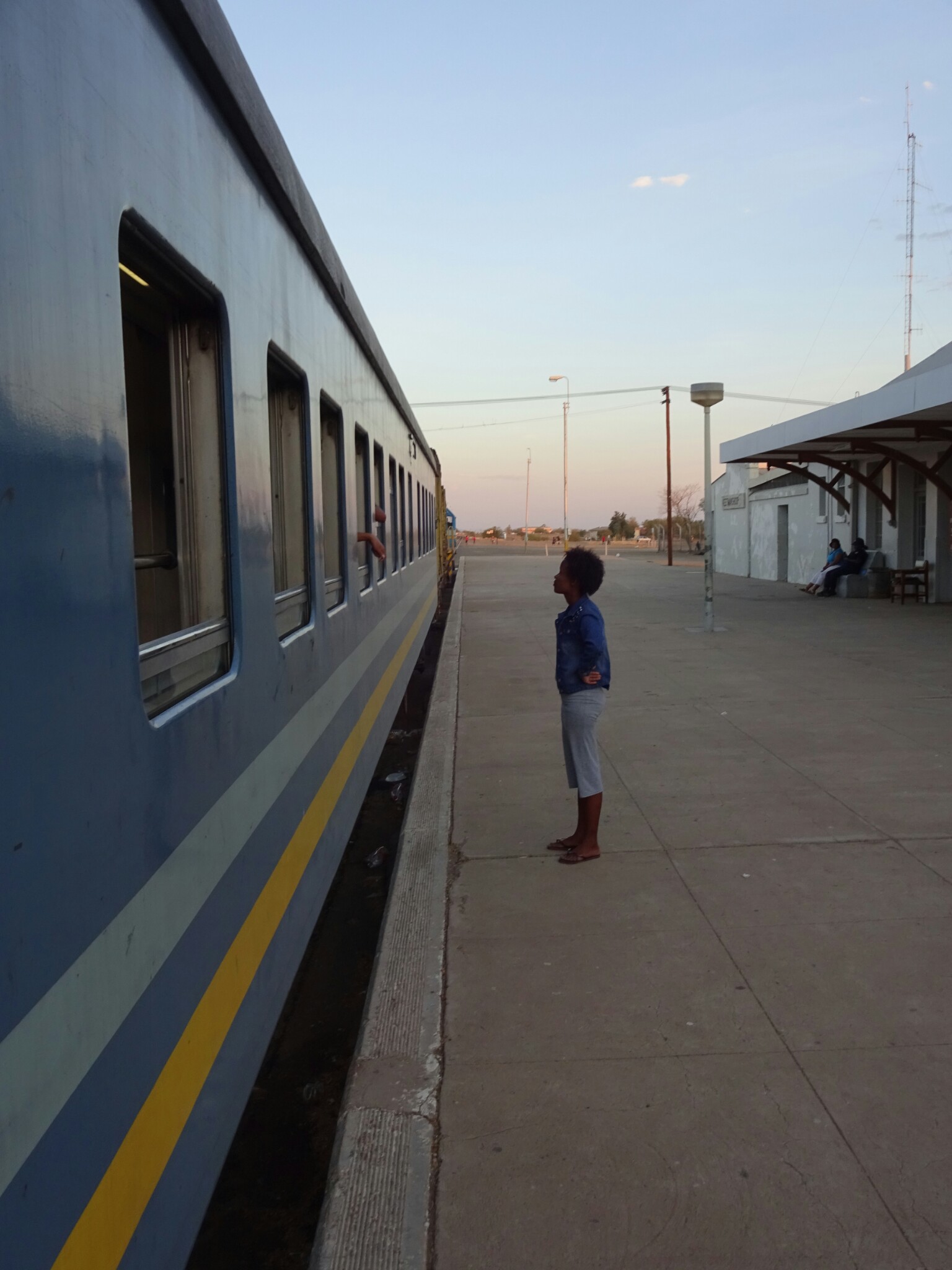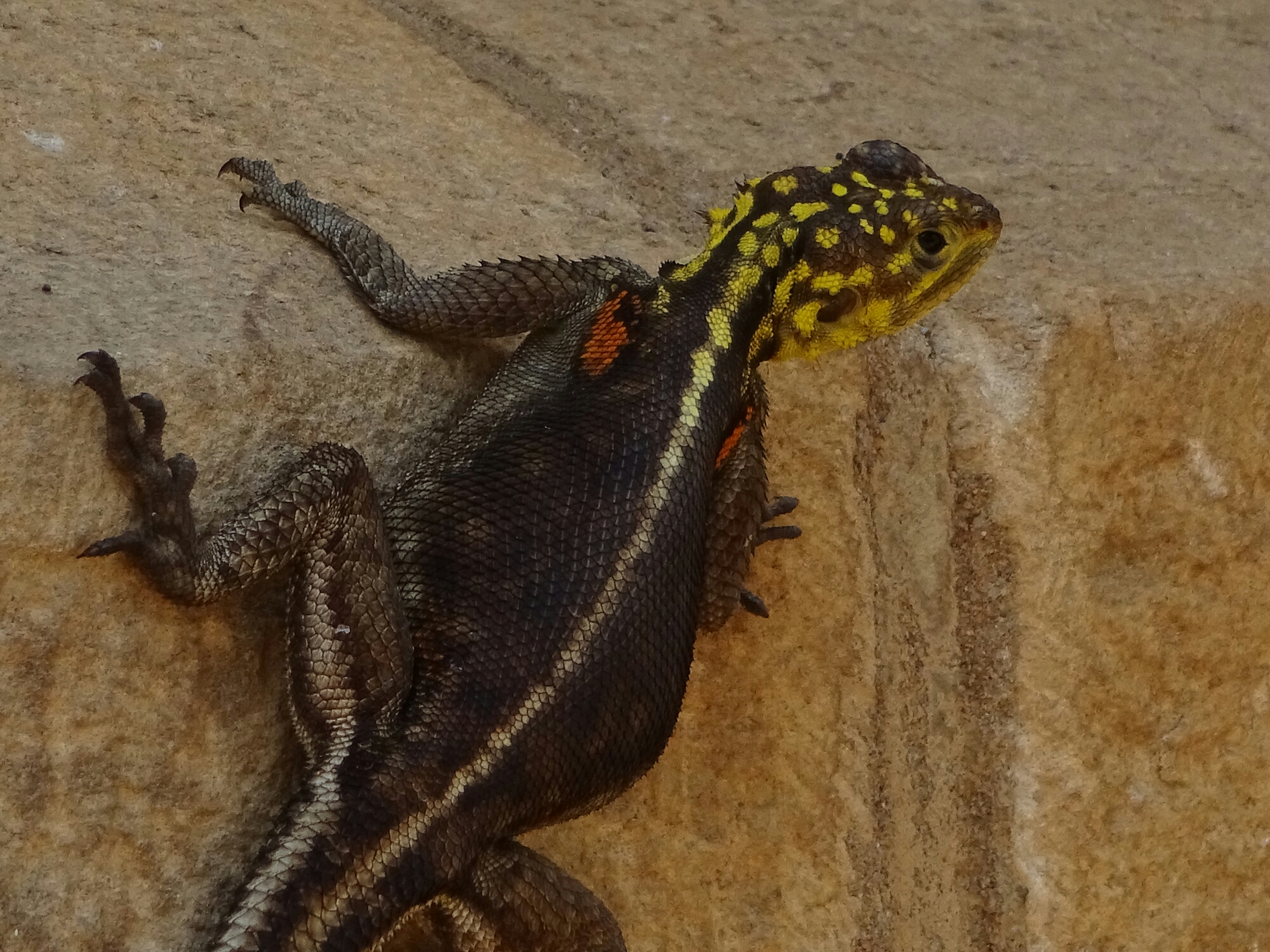Instead of visiting Etosha, I came up with a different plan. After seeing really cool pictures from a friend, I decided to visit R. at Wild* (*name changed). The only problem was getting to the farm, which is located about three hours east of Windhoek. This was quickly resolved, because I was able to get a ride on the shuttle that picks up new volunteers once a week. Lucky me, since there was only one seat left

Wild* is a non-governmental organization, which takes in injured or abandoned African wild cats (lions, leopards, cheetahs, caracals) and other animals (African wild dog, baboons, ostriches, meercats and others). They are self-funded and make their money from donations, tourists and volunteers, who have to pay around 900 € for two weeks plus their working hours. Currently they have about 40 volunteers working on the farm. It’s not really a farm though, because they’re not breeding the animals and they don’t grow their own food.
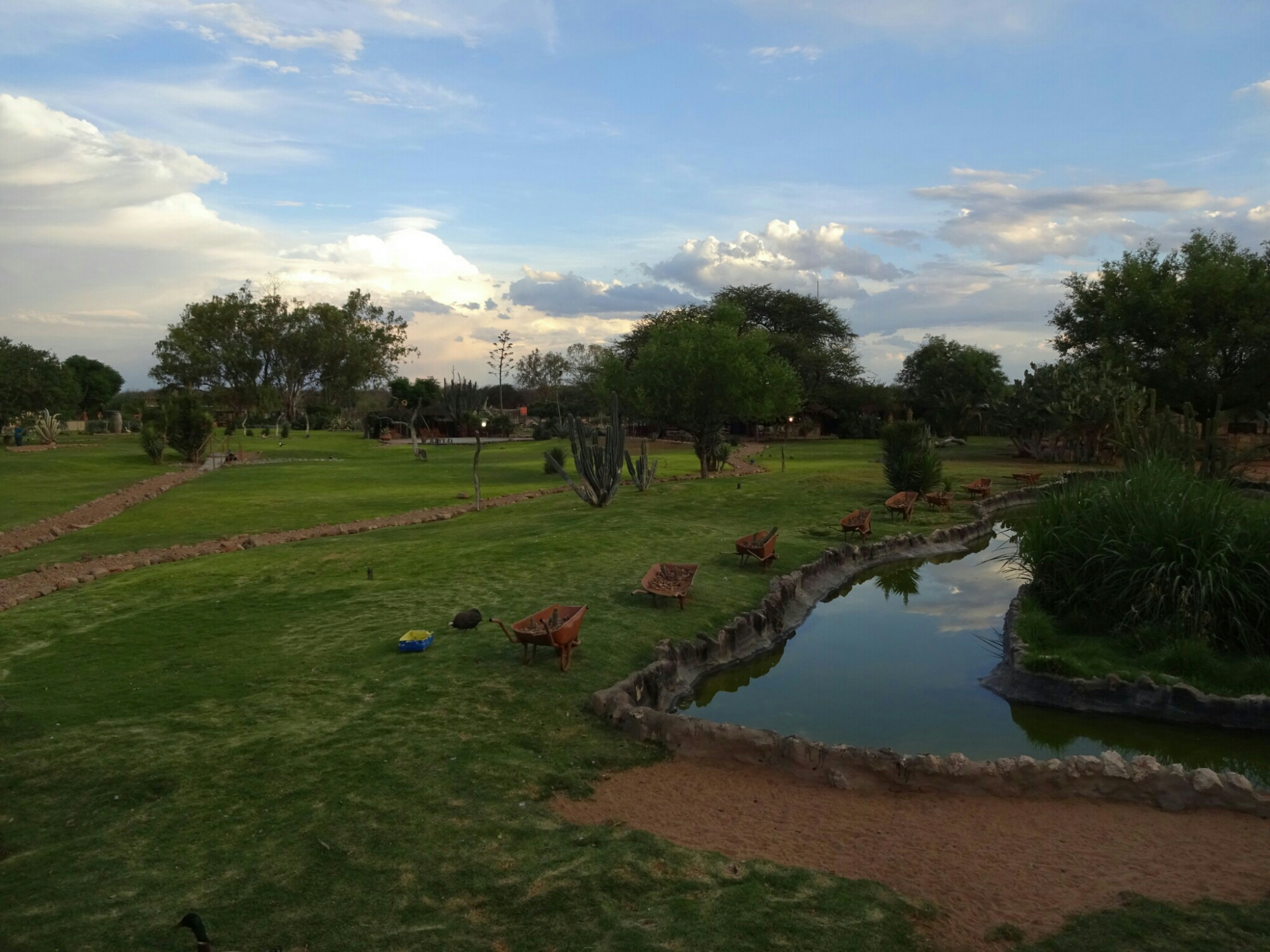
At the farm I was allowed to follow R. on the different activities. In the morning she was assigned to do the feeding tour, which took us all over the place to feed the different animals. Since most of their animals are carnivores, Wild* needs about two horses or donkeys per day (about 500 USD each). They are chopped up and distributed accordingly. For feeding of the lions and the leopards we stayed at a safe distance behind the fence and they would throw the meat in the enclosure.
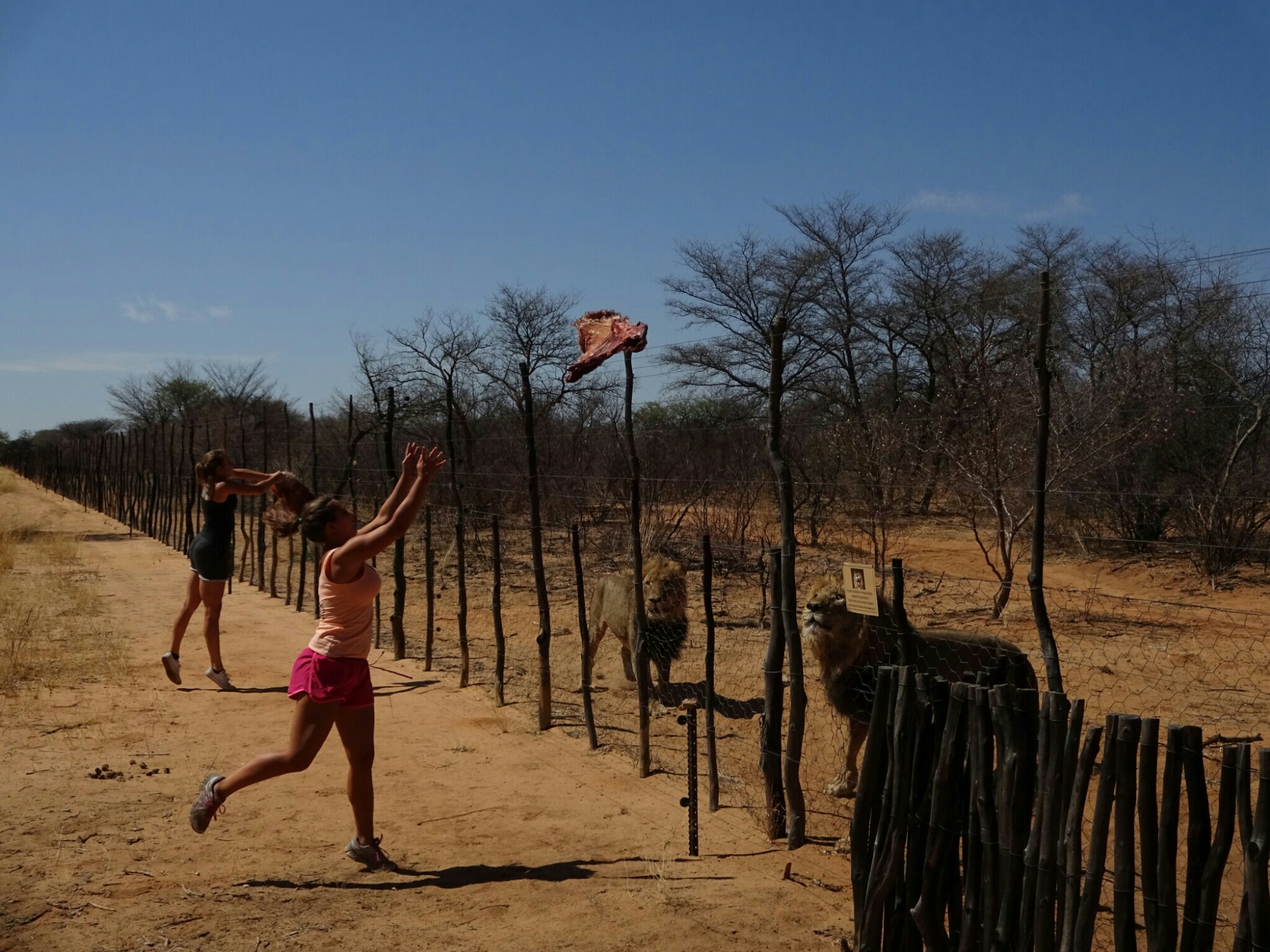
Feeding the caracals was different, because we could enter the enclosure while they were eating. During that time they are too busy eating, so that we could have a close look at them. The same was true for the cheetahs – we entered their area on our trucks and R. and A. (another volunteer) climbed a wooden tower with meat pieces for all 21 cheetahs, who had only eyes for their food, totally ignoring us in the open vehicles.
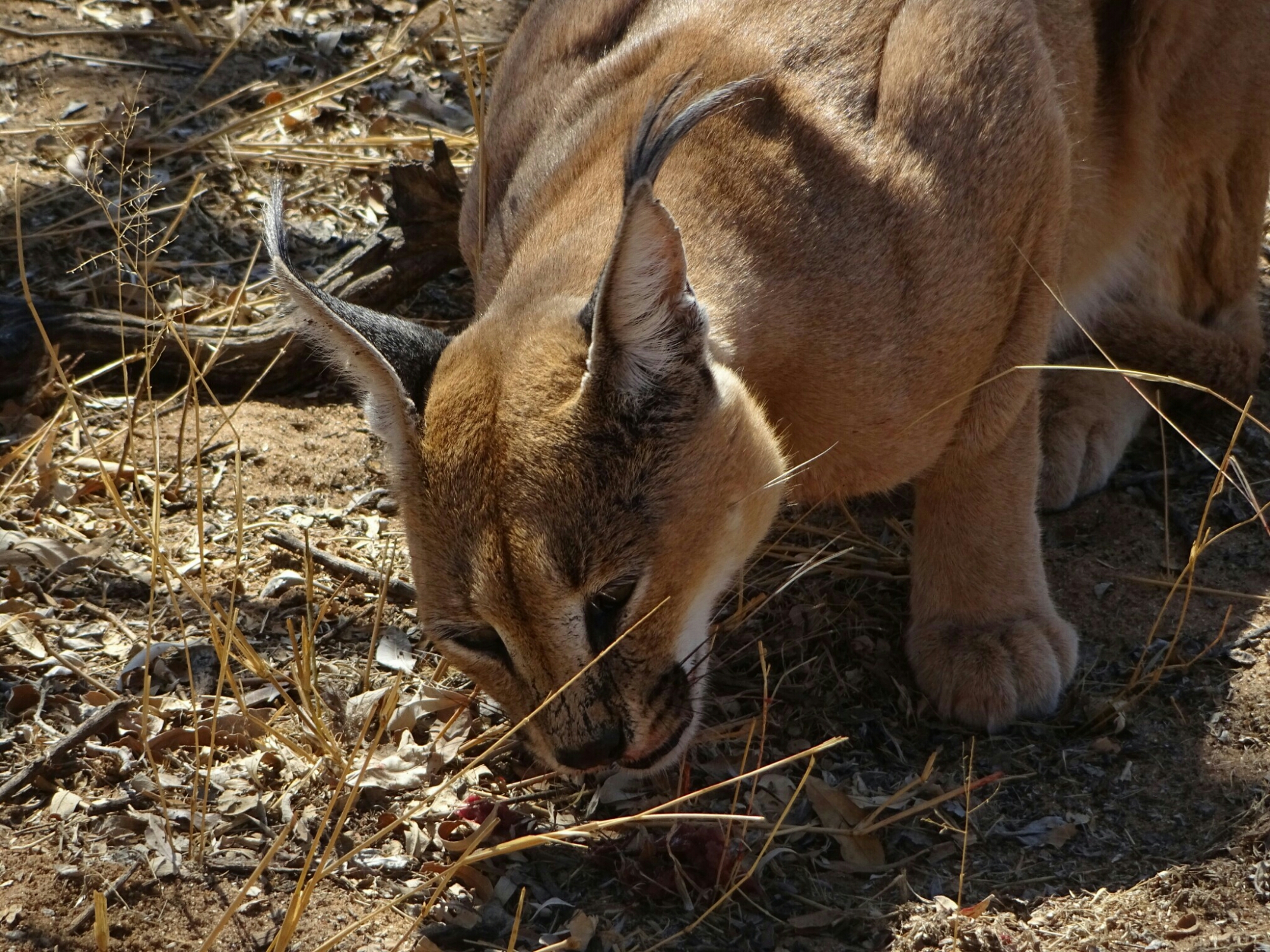
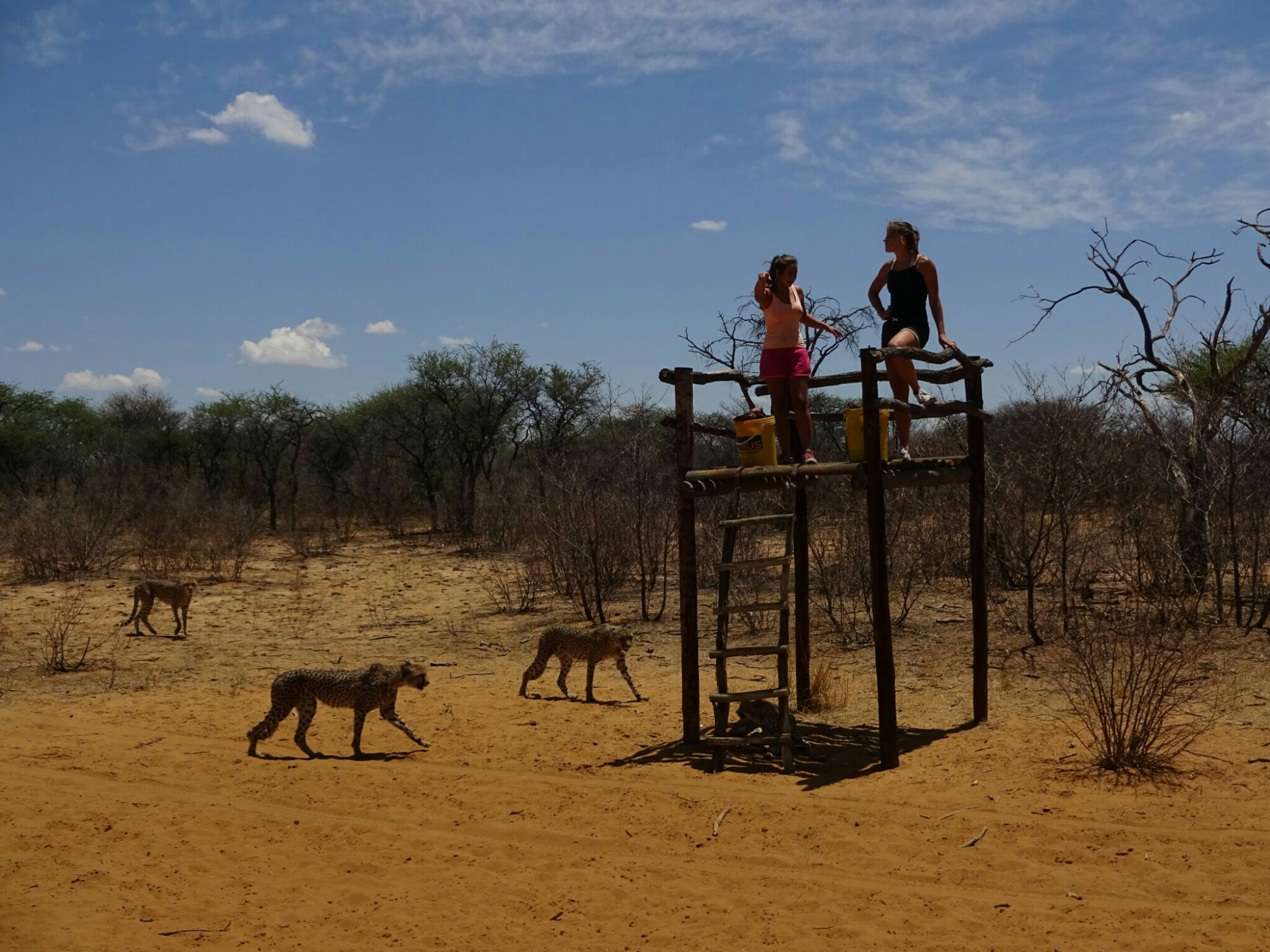
. The baboons were given some sticky oatmeal, that was thrown over the fence while driving alongside. This method was adopted so that all monkeys get their share and not only the strongest ones. Last but not least I helped with feeding the ostriches, who will pick the mixture of corn and bird food out of your hands, which gives you a funny feeling.
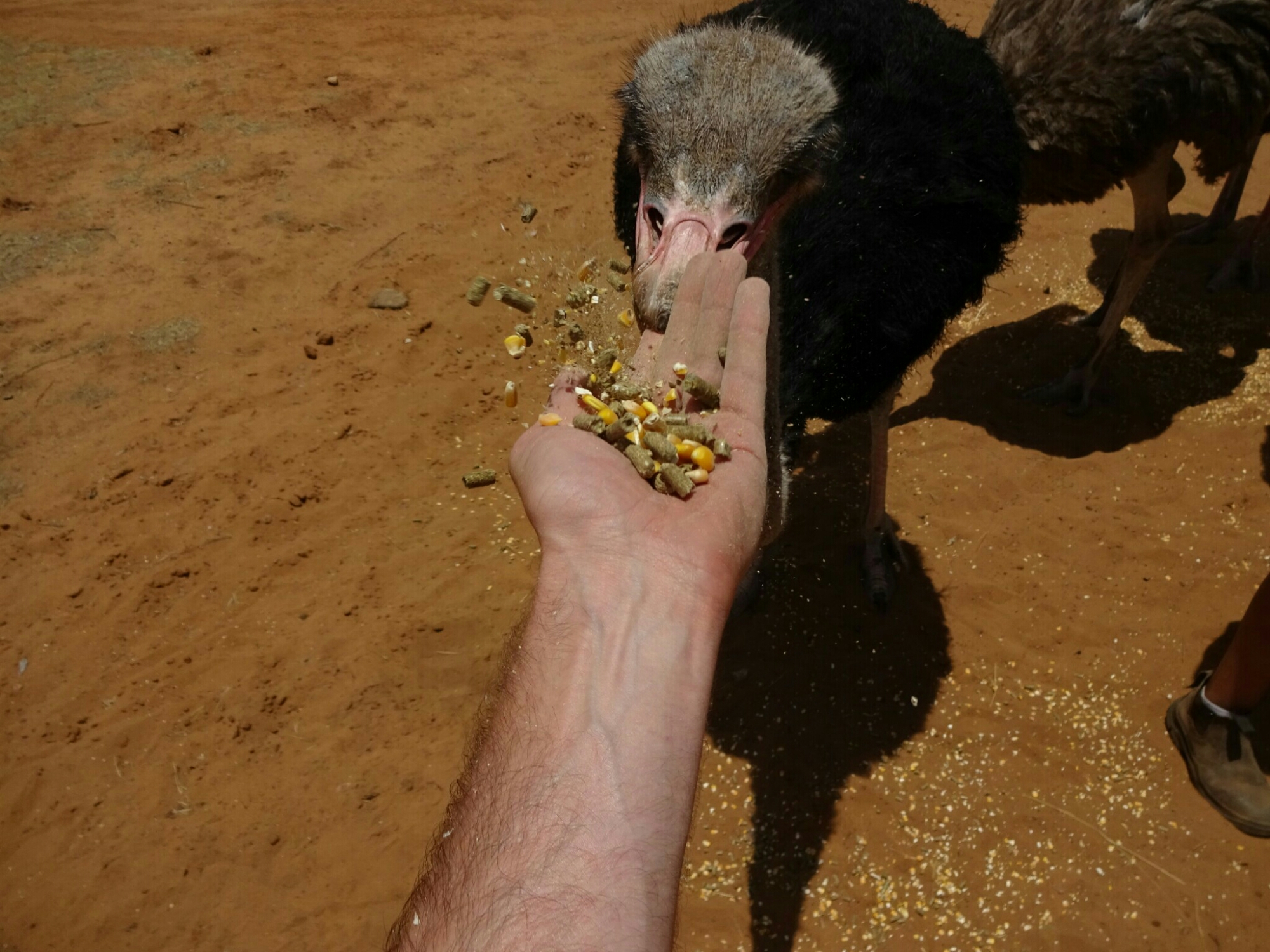

In the afternoon everyone – volunteers and bushmen, who work for the farm – went to church to pray for some much needed rain, which did come in the evening. There was a big thunderstorm, common during this time of year, with enough heavy rain to prevent us from having an outdoor braai (barbecue).
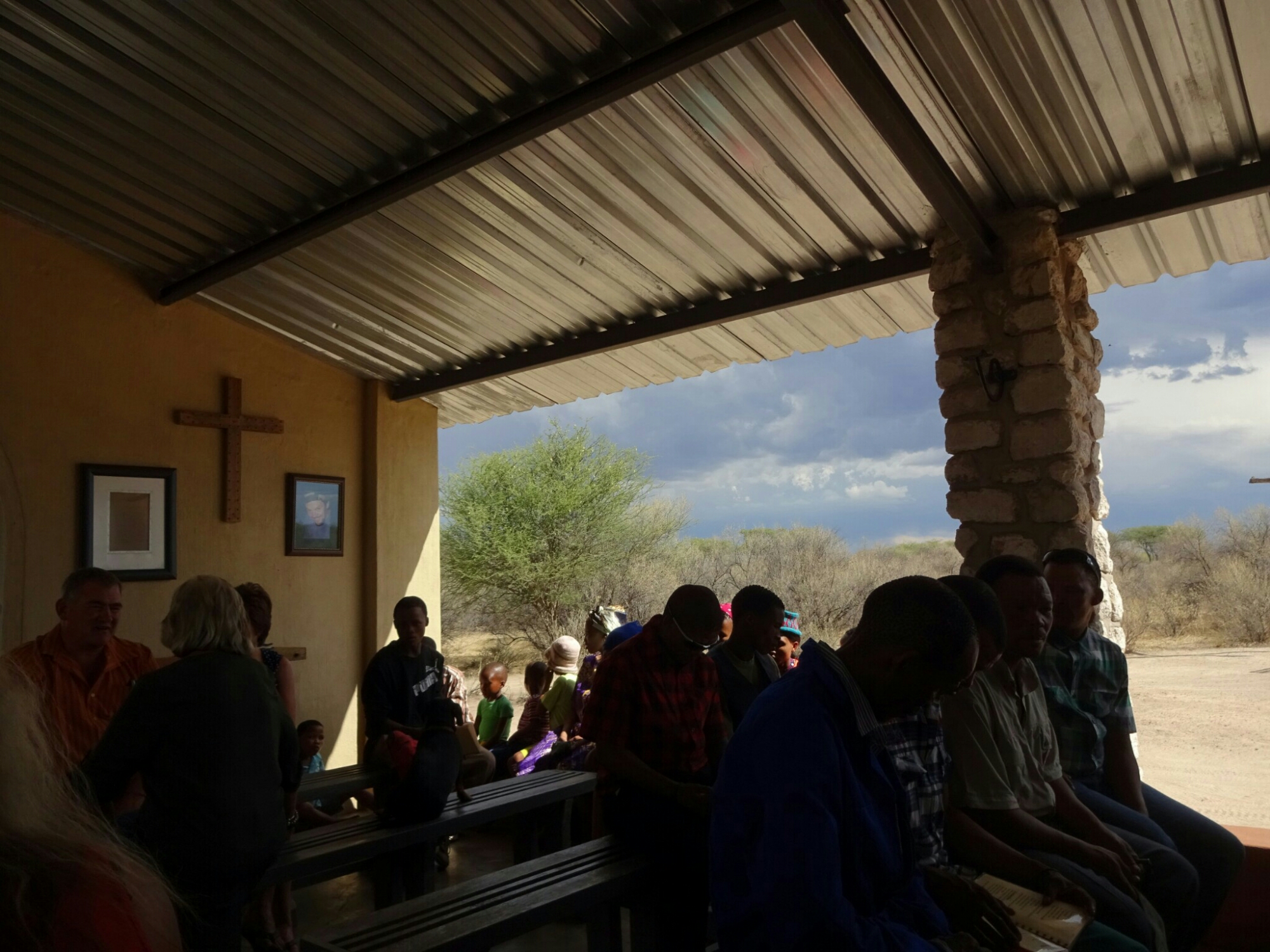
But before we got caught in the rain, we went for a walk with two baby cheetahs. They were found abandoned about four months ago and were hand-raised afterwards, making them being used to humans for the moment. At the farm they have a small enclosure, so that they’re able to keep a close eye on them. However, they need to exercise running, so they are taken to an open space, where they can chase after a rattling bottle that one of the volunteers is pulling behind on a string. But beware – you have to be really fast to outrun the cheetahs. And that only works on the baby cheetahs, because they get distracted quite easily.


The next day I joined R. at the food preparation, where we had to cut up the donkey chunks into even smaller pieces. It took all morning to prepare all the food for the afternoon (more feeding happens in the afternoon), and we were about seven or eight people. Afterwards, I was able to catch a ride to Gobabis with a Belgian couple and from there a shared taxi back to Windhoek.
